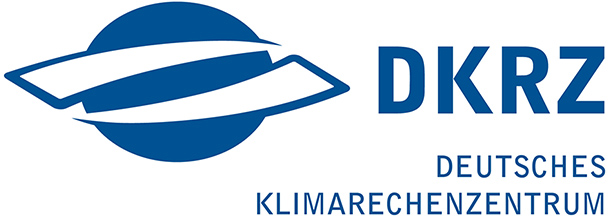M-VRE: The MOSAiC - Virtual Research Environment
The M-VRE project is funded by the German BMBF initiative „MARE:N – Polarforschung/MOSAiC“ from July 2021 to June 2024.
This project is a collaboration of AWI Bremerhaven, DKRZ Hamburg and DLR Jena.
The main goal of the M-VRE project is to provide novel
methods and software tools for the
MOSAiC
consortium, the global
climate community, and the general public for efficiently exploring,
analysing, and visualizing MOSAiC data in an online and
user-friendly manner. This enables scientists to exploit large,
complex, and heterogeneous data sets to answer fundamental research
questions of the MOSAiC expedition, connected to the overarching
goal of the identification of reasons and consequences of changing
and shrinking sea ice cover. To achieve this, a web-based data
analysis and exploitation environment, a so-called "virtual research
environment (VRE)", has been developed as part of the AWI cloud
infrastructure. The collaborative and reproducible online analysis
of MOSAiC data opens up new possibilities in climate research and
increases the visibility and usability of the MOSAiC mission. The
VRE offers online data analysis (e.g. quality control,
interpolation), exploration (data cubes), and visualization (maps,
scatter plots, time series, section plots and more) of MOSAiC data
as well as automated data quality control through Deep Learning
methods.



